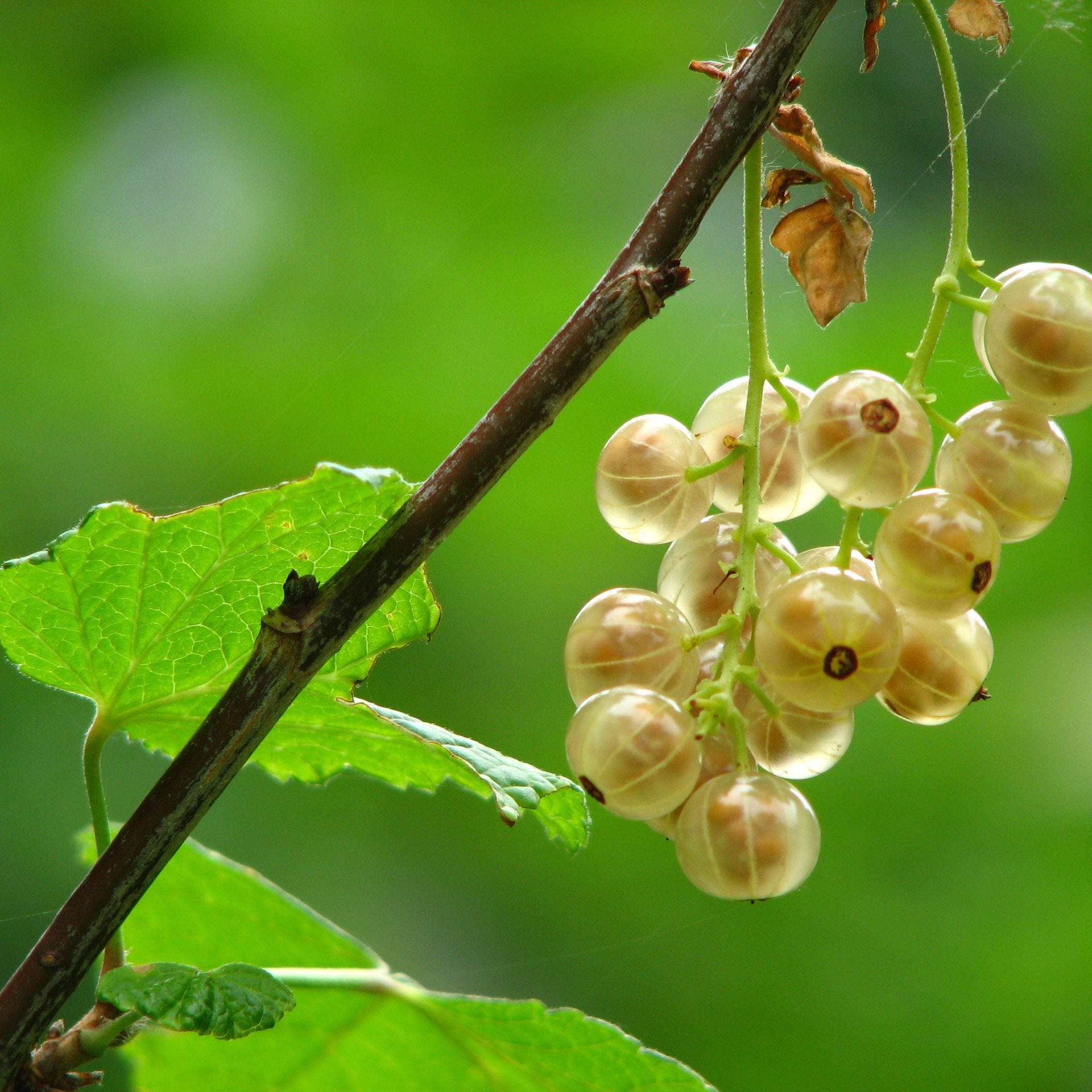
Introduction
Gooseberries are delicious and tangy fruits that can be grown successfully in the United Kingdom. With their unique flavor and versatility, growing gooseberries in your garden can be a rewarding experience. In this comprehensive guide, we will walk you through the process of growing gooseberries, from selecting the right variety to providing the necessary care for a bountiful harvest. Let's get started!
Choosing the Right Variety
When it comes to gooseberries, there are several varieties suitable for the UK climate. Here are some popular choices:
- 'Invicta': A popular variety known for its high yields and resistance to mildew.
- 'Hinnonmaki Red': This variety produces medium-sized, red fruits with a sweet-tart flavor.
- 'Captivator': An outstanding variety that offers large, pink fruits and thornless stems.
- 'Whinhams Industry': This variety has large, green fruits that are ideal for cooking and preserving.
Planting
Gooseberries are typically propagated from bare-root plants. Follow these steps to plant your gooseberries:
- Choosing a location: Select a sunny or partially shaded spot in your garden with well-drained soil.
- Preparing the soil: Clear the planting area of weeds and debris. Amend the soil with organic matter, such as compost or well-rotted manure, to improve fertility.
- Planting method: Dig a hole that is wide and deep enough to accommodate the gooseberry roots. Place the plant in the hole and backfill with soil, gently firming it around the roots.
- Watering: Water the plant thoroughly after planting to settle the soil and help the roots establish.
Growing
To ensure healthy growth and a bountiful harvest of gooseberries, consider the following tips:
- Sunlight: Gooseberry plants thrive in full sun to partial shade. Aim to provide them with at least 4-6 hours of direct sunlight each day.
- Watering: Keep the soil consistently moist, especially during dry spells. Gooseberries require regular watering, particularly during dry periods.
- Soil conditions: Gooseberries prefer well-drained soil that is fertile and rich in organic matter. Mulching around the plants can help retain soil moisture and suppress weeds.
- Pruning: Prune your gooseberry plants in late winter or early spring to maintain their shape and remove any dead or overcrowded branches.
- Harvesting: Gooseberries can be harvested when they reach their desired size and color. Gently pick the fruits from the branches, taking care to avoid damaging the plant.
Conclusion
Growing gooseberries in the United Kingdom allows you to enjoy the tangy flavor and versatility of these unique fruits. By choosing the right variety, providing proper care, and addressing common challenges, you can cultivate healthy gooseberry plants that add zing to your culinary creations. Whether you use them in jams, pies, or enjoy them fresh, homegrown gooseberries will surely enhance your culinary experiences. Happy gooseberry growing!